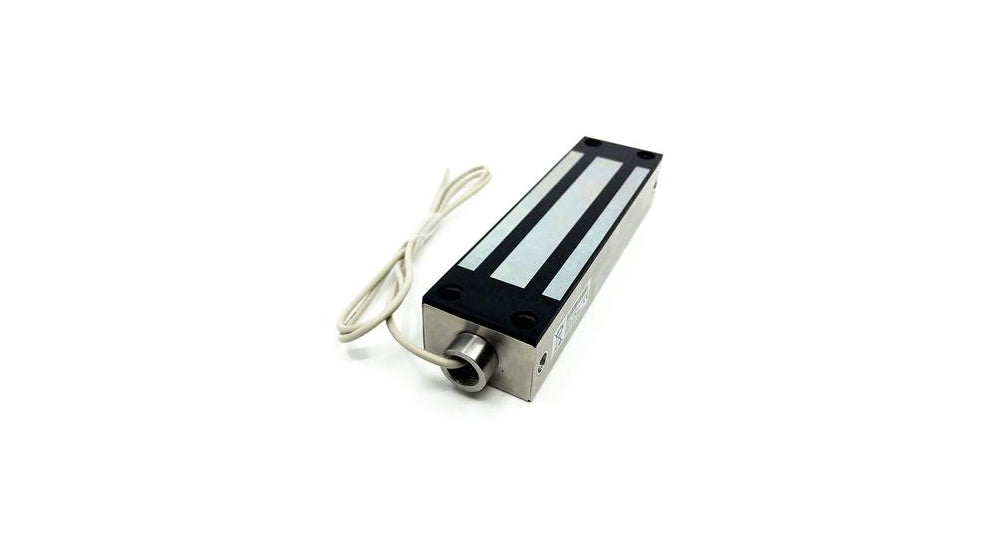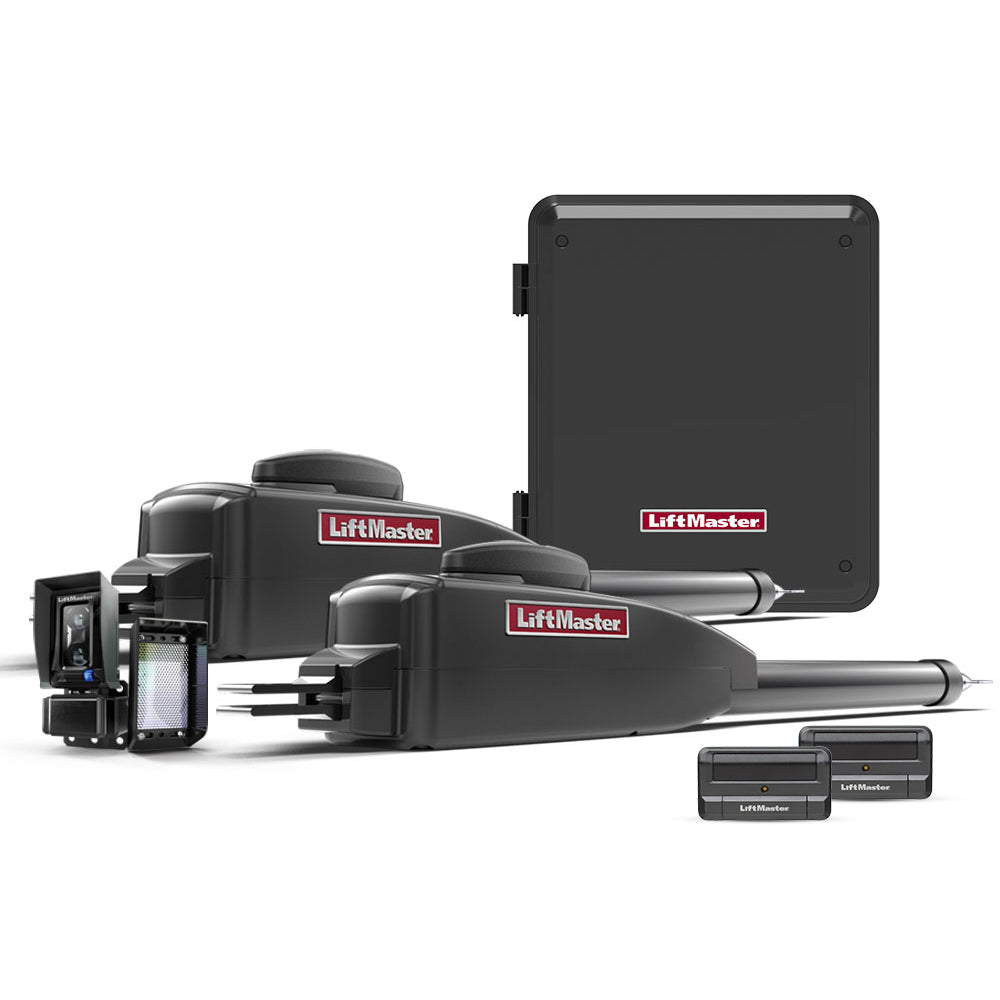Today, let’s talk about magnetic locks, those wonderfully useful ergonomically designed and aesthetically pleasing security locks you see in most hotels and office buildings requiring some type of access control. These magnetic locks can be obtained from 80 pounds of holding force (like opening a jar of baby food) all the way to 1800 pounds of holding force (like ripping a parking meter out of the sidewalk) and come with so many features that it is staggering.
How about a door monitoring contact, a hold open timer, a door ‘locked’ sensor, a separate relay to use on a secondary device, an annunciator to notify the person trying to gain access that they are now allowed to pass and able to open the door or gate. Also some of these magnetic locks are now capable of securing your gate as they are weather/water proof and even IP66/67 rated which means they can be submerged. As I mentioned before there are really two main designs, the flush mount magnetic lock is mounted with the mounting screws inserted from the front of the lock, and most commonly used on gates and older buildings where doors still open inwards with an accompanying L and Z brackets as opposed to the surface mount which usually screws in from the bottom and is mounted on the upper section of the door frame which it is being used to secure.
You will usually require a Request To Exit (REX) motion sensor or a "Push to Exit" button for egress, and also you may want to remember that if a magnetic lock is being used for the securing of a door with no other available locking option, you want to make sure that you supply that unit with a battery backed up power source so that in case of brown outs or power failure your door is not left unsecured and swinging in the wind.












